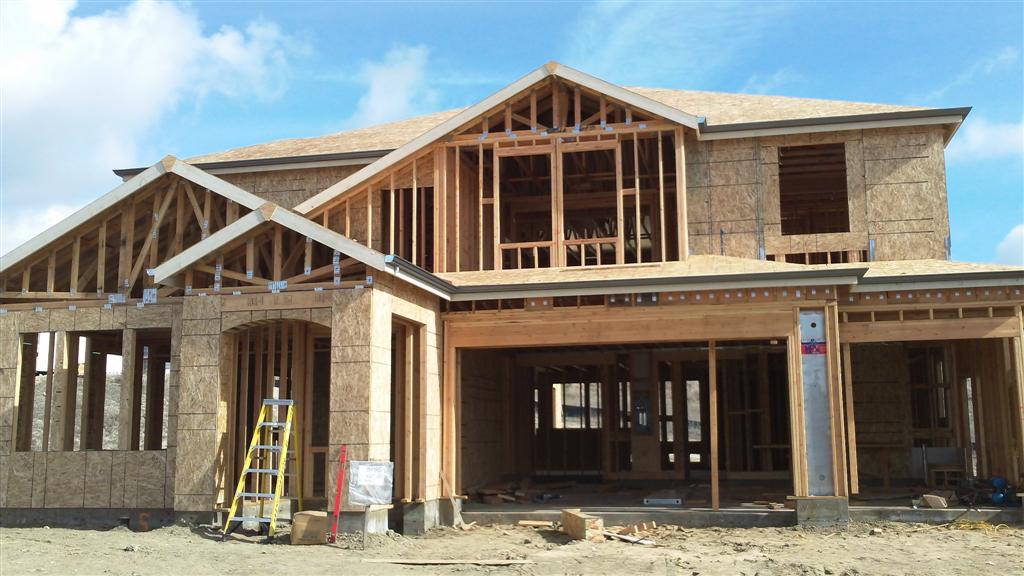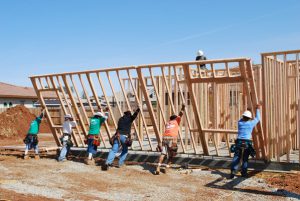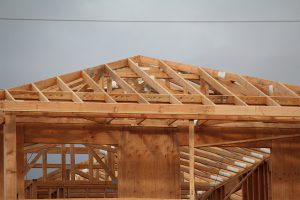Home Building 101: 5 Tips For Building Your Home
 A decision to build a home might be one of the biggest ventures in your life. Most people won’t bother with this – they will simply purchase a previously built house and renovate it a bit. It’s no wonder since building a home, especially a first one, can be a rough ride. However, it can be just as rewarding. Putting extra effort, time and money into building your own home can be worth your while, in every possible way. It requires a lot of planning and patience, but if you follow these 5 essential tips you’ll be on a good way to get a home of your dreams.
A decision to build a home might be one of the biggest ventures in your life. Most people won’t bother with this – they will simply purchase a previously built house and renovate it a bit. It’s no wonder since building a home, especially a first one, can be a rough ride. However, it can be just as rewarding. Putting extra effort, time and money into building your own home can be worth your while, in every possible way. It requires a lot of planning and patience, but if you follow these 5 essential tips you’ll be on a good way to get a home of your dreams.
Finding a suitable location
This is the first and the most important decision when it comes to building your home. Location is everything: if you build a great home in a bad neighborhood, in the vicinity of the factory that pollutes the air, or in the area prone to flooding – your efforts to build a beautiful home may be in vain. Finding a perfect location includes a lot of factors, of which most important are the safety, convenience, comfort and price. More than often, you’ll need to “sacrifice” one of these things. For example – you may decide to build a home in a neighborhood that’s not very close to your workplace, but it’s safe, in a peaceful neighborhood and within your budget. It’s important to set your priorities before making a final decision.
Safety Comes First – Choose The Right Builder
When we say safety, we don’t necessarily mean a crime or flood/chemical-free area. Besides thinking about safety when choosing location, you’ll need to take care about maximizing the safety when building your home – and reducing all possible risks. One of the best ways to do this is to choose your building professionals with care. You need to make sure that they are reliable enough: check their license, ask them about their previous work, get at least three contacts of their previous customers and make sure that they have valid public liability insurance. Most builders who take pride in their work will share testimonials of their satisfied customers with you so you can have a piece of mind and rest assured knowing that your home will be properly built, with no surprising expenses.
Smart Home Positioning
When designing your new home, it’s good to have a floor plan and orientation in mind. A “smart” solar design means that home should be positioned to get the most advantage of the sun’s energy and light. Of course, the way you’ll position your home depends on the continent. The side that is almost always in the shade (north or south, depending on your location) should be intended for bedrooms. The eastern side will receive the most sunlight in the morning, and it would be best to place your kitchen and dining room there. Western side will be exposed to sun in the afternoon – it’s best to place all non-living rooms in this part of house (bathroom etc.).
Going Green – Implementing Passive Solar Design
Careful positioning is just one part of the passive solar design. The key is to take advantage of the local climate and maximize the benefits of solar energy. Home should be designed to collect more sunlight in the winter, and have more shade in the summer months. This sounds tricky, but it can be done – just make sure that you hire architects and builders with experience in making energy-efficient homes. Install double-glazed large windows and doors – this will reduce the need for artificial lighting and you’ll cut down on your utility bills. Always opt for high-quality insulation, use thermal mass and efficient shading for maximum results. Your wallet will be the first to feel the positive effect of passive design!
Sticking to a Home Building Budget
Careful planning, deciding on a budget and sticking to it are essential. Only after you decide on a sum that you can spend on building and equipping your home, you can start thinking about things such as the home/lot size and features you can actually afford. Always know that you’ll probably exceed the budget, so try to fit all planned costs into two-third of the sum you want to spend. This way, you’ll probably stick to a “real” budget. Make sure that your home becomes a financial asset – this is of the reasons why we mentioned energy-efficient buildings – they have a great resale value. When deciding on a budget, think about the future costs as well: mortgages, taxes and utility bills.